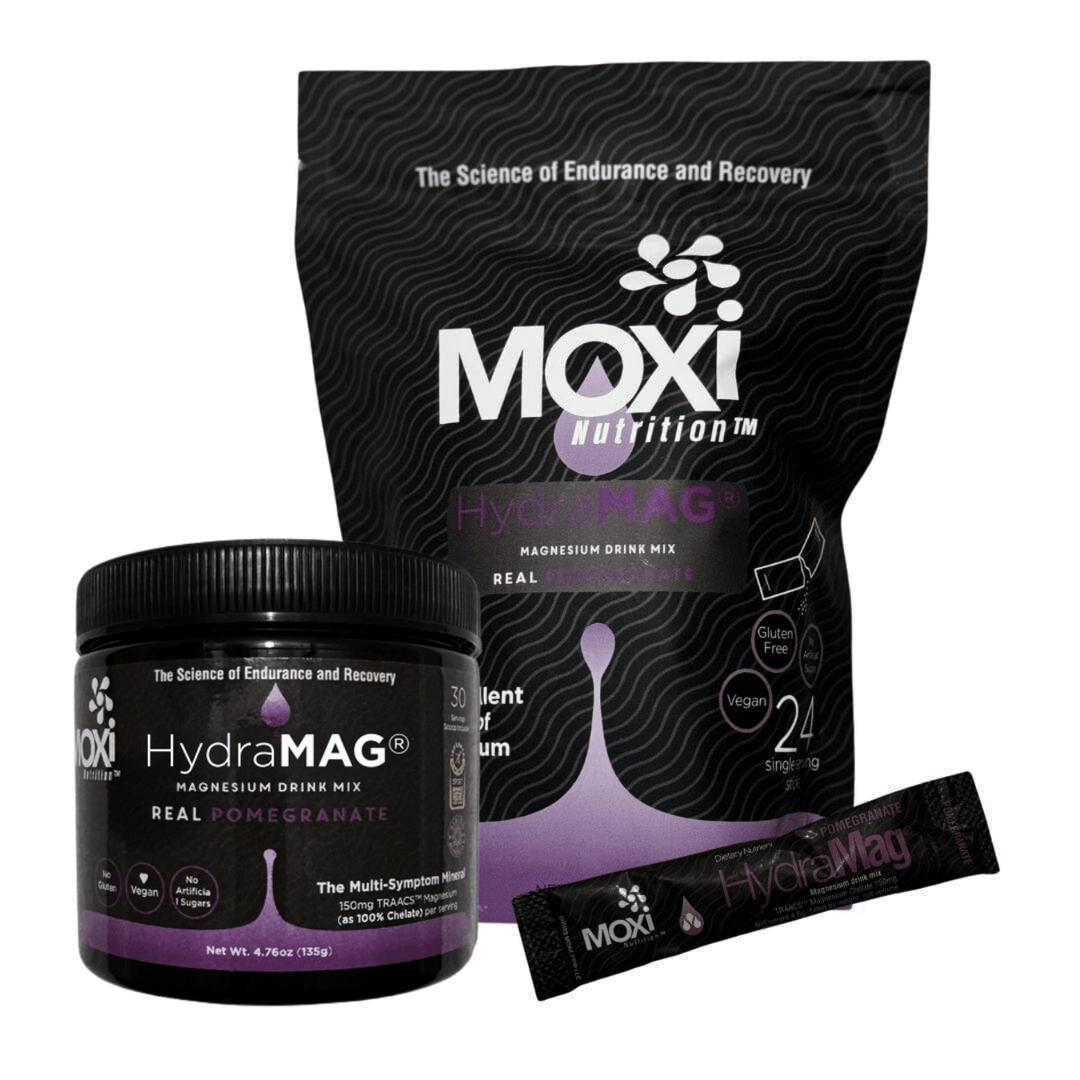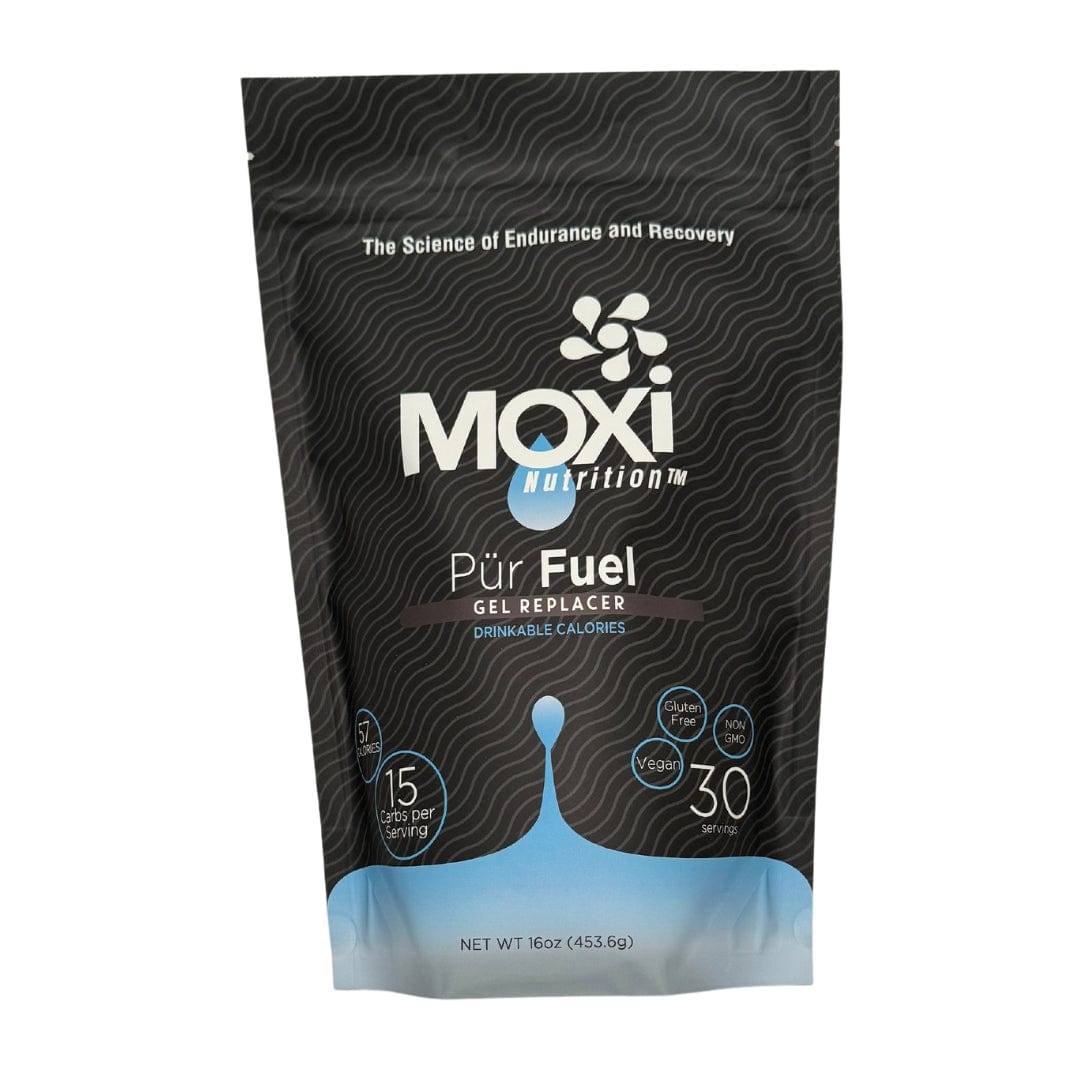What Athletes Should Know About Winter Dehydration

The need to stay hydrated during the hot and muggy summer months is something everyone is well aware of. However, endurance athletes should be just as concerned about dehydration in the cold as they are in the heat. Training in heat and cold may cause similar fluid loss but in different ways. That's why it's important to know what athletes should know about winter dehydration.
Proper hydration maintains core body temperature in the winter the same way it does in the summer. We sweat because of the high temperature. Breathing and peeing more frequently are two ways the body regulates its temperature when exposed to a cold or high altitude. Lower than 30 degrees Fahrenheit is considered "cold.” We will also discuss altitude training, which is frequently done in conjunction with cold-weather training. Altitude is defined as anything above 1,600 meters (or 5,280 feet).
Dangers of hypothermia and dehydration
When the body's internal temperature drops below 95 degrees Fahrenheit, hypothermia sets in. The average temperature is 98.6 degrees. As a result of a decrease in core temperature, dehydration lowers blood flow to vital organs. Fatigue, drowsiness, vertigo, and ultimately death result from hypothermia. That's why knowing what athletes should know about winter dehydration is so important. A combination of being dehydrated and damp might accelerate the onset of hypothermia. When hypothermia has already set in, drinking fluids won't do anything to bring your temperature up, so staying hydrated is essential. The goal is to maintain a steady body temperature by drinking plenty of fluids during cold weather exercises and changing into dry, warm clothing afterward.
The experience of thirst changes in the winter
It's important to remember that our bodies' thirst signals are muted in cold environments. So, make sure to drink enough water before, during, and after your workout. Animal studies confirmed this, revealing that animals exposed to cold air at 41°F at rest drank less water and evaporated more water than those kept at room temperature. The animals started drinking water about 15 minutes after being heated to 78°F and continued to do so for an hour.
Humans, in trials, have been shown to need less water at rest and during cold-weather activities. Thirst was always reduced by close to 40% when people exercised in the cold, regardless of whether they were hydrated or dehydrated. Therefore, those who exercise in the cold are more likely to become dehydrated because they are less likely to recognize their own thirst. Because of this, athletes who train in the cold need to be extra careful to stay hydrated.

Most people experience fewer dehydration signs during winter.
Perceptions of dehydration shift at low temperatures
In addition to a decrease in thirst, the brain's perception of dehydration also changes in the cold. The reorganization of blood vessels may be responsible for some of the effects. In cold weather, our bodies restrict blood flow to the extremities (arms, legs, skin) in order to keep the core warm. Vasoconstriction is the process by which our hypothalamus is tricked into thinking our bodies have sufficient blood volume despite the common occurrence of dehydration in cold environments. The anti-diuretic hormone arginine vasopressin (AVP) normally rises in the blood when we're dehydrated. It helps prevent more water loss through urination and keeps blood volume stable.
However, plasma AVP does not increase in the cold despite dehydration because of changes in central blood volume compared to the same degree of dehydration in the heat. The result is dehydration, which is made worse by the fact that this causes more urine to be made. It's interesting that there is a strong correlation between plasma AVP and thirst. That may explain why people feel less parched when it's cool outside. That's why it's not uncommon for athletes training in colder temperatures to urinate more frequently than their counterparts who do it in warmer conditions. Because of these changes, the risk of dehydration in cold weather, which isn't always obvious, goes up.

Dehydration during winter can be especially dangerous for athletes, so make sure you’re carrying water with you at all times.
The signs of dehydration may go unnoticed
Disorientation, fainting, rapid heart rate and breathing, and perhaps shock are all symptoms of severe dehydration, as stated by the National Library of Medicine. You probably won't get severely dehydrated from using a computer inside, but you may still feel the effects of mild dehydration, such as:
- Headaches—The National Headache Foundation suggests they could indicate both dehydration and migraines. Migraine sufferers who drink more water regularly have less severe headaches than those in a control group.
- Dry mouth
- Dry skin
- Dizziness
- Lack of available energy—The term "midday slump" is used to describe this phenomenon. This could be due to a number of factors, like not having eaten breakfast or lunch or simply being dehydrated.
- Concentration issues—Difficulty Focusing Thirty-three studies were pooled together to generate this meta-analysis, and the results showed that cognitive performance, such as attention, executive function, and motor coordination, was negatively impacted by dehydration. The research findings were published in the November 2018 issue of Medicine & Science in Sports & Exercise.
- Continuous injuries—Athletes and those who engage in strenuous recreational activities may notice an increase in the frequency with which they sustain injuries. The professionals at Apollo Moving say this happens a lot to movers during winter. Hydration impacts both blood circulation and muscle contraction because of the water content of your cells. Nothing helps as much as it should when you're dehydrated. In order to succeed, your body will have to make certain concessions.
- You don't have a regular bathroom routine—If it's been more than two hours since you last urinated or if your urine is the color of apple juice, you're probably not getting enough water.

Headache is one of the most overlooked symptoms of dehydration.
In conclusion
Notifying athletes that dehydration significantly reduces their performance in physical activities is crucial. The results are muscle fatigue and an increased risk of injury during physical activity. When an athlete is dehydrated, it affects their entire body and their ability to compete. An athlete's performance and recovery may benefit from staying well-hydrated. No season is immune to the importance of staying hydrated, although summer and winter bring extremes. It is our duty to inform people about what athletes should know about winter dehydration.







